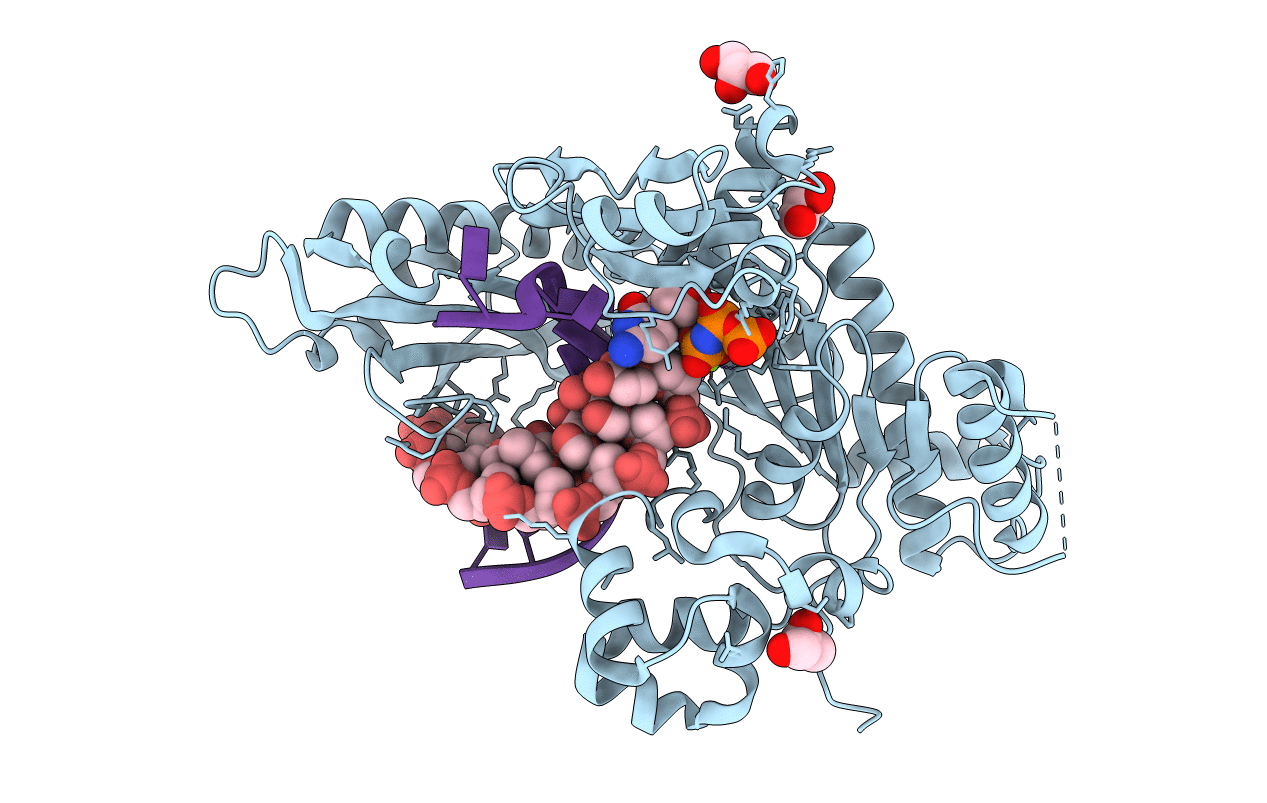
Deposition Date
2012-02-05
Release Date
2012-05-09
Last Version Date
2023-09-13
Entry Detail
PDB ID:
4DL3
Keywords:
Title:
Human DNA polymerase eta inserting dCMPNPP opposite GG template (GG0b).
Biological Source:
Source Organism:
Homo sapiens (Taxon ID: 9606)
Host Organism:
Method Details:
Experimental Method:
Resolution:
2.10 Å
R-Value Free:
0.21
R-Value Work:
0.20
R-Value Observed:
0.20
Space Group:
P 61


